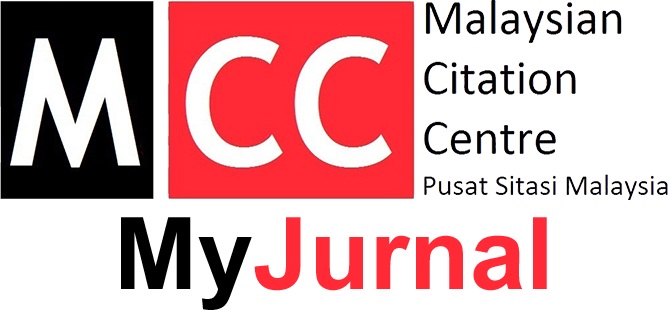TEACHING METHODS OF INTEGRATED NAQLI AND AQLI KNOWLEDGE FOR GIFTED AND TALENTED MUSLIM STUDENTS
Keywords:
Integrated knowledge, Biology, Co-teaching, Pedagogy, Muslim Gifted and TalentedAbstract
Malaysia Education Curriculum mostly adapted from the colonization country since pre
independence. It makes Muslim youngers forget on magnificent of Islam Civilization especially
Abbasid Dynasty. By this, the needs of integrating naqli and aqli knowledge in syllabus should
be implemented especially among gifted and talented Muslim students. Therefore, this paper
focusing on the implementation of integrated naqli and aqli knowledge for Biology’s topic as
enhancement programmes in gifted and talented curriculum. 56 students from PERMATA Insan
who are recognized as gifted and talented students have been participated in this study. The
integrated knowledge was conducted through two different approaches including conventional
(Method A) and co-teaching (Method B) to identify the suitable teaching method. As result, 47
out of 56 students who were exposed with co-teaching method obtained moderate and high
achievement. The students’ mark was continuously analysed through t-test to identify the
significance difference between two methods. Admittedly, the co-teaching method contributed
higher mark during the post-test compared to without co-teaching method. Therefore, co
teaching method is the effective teaching method for integrated naqli and aqli knowledge
especially in inheritance topic.
References
Adnan, M.Y. (2015). Gagasan integrasi ilmu naqli dan aqli Universiti Sains Islam Malaysia (USIM) in integrasi
ilmu naqli aqli, Penerbit USIM, Nilai. pp32
Asmuje, N. F., Samat, S. A., Abd Razak, A. Z., & Saleh, N. S. (2016). Application Student Centredness
Learning in Teaching Practices for Gifted and Talented Muslim Students. In R. M. Idrus, N. Zainuddin, & N. M.
Alwi, Innovation in Student Centred Teaching and Learning (pp. 71-88). Nilai: USIM Publisher.
Davis, G.A. and Rimm, S.B. (2004). Education of the Gifted and Talented (5th ed.), Pearson Education, Boston.
pp. 77
Dunn, R. (1990). Understanding the dunn and dunn learning styles model and the need for individual diagnose and prescription. Reading, Writing and Learning Disabilities, 6, 223-247.
Embury, Dusty.C. and Dinnesan, Megan.S., (2013) Co-teaching in inclusive classroom using structured collabor
ative planning. Kentucky Journal of Excellence in College Teaching and Learning. 10(3), 36-52.
Friend, M. (2008), “Co-teaching: a simple solution that isn’t simple after all”. Journal of Curriculum and Instru
ction, 2(2), 9-19.
Johnson, N., & Brumback, L. (2013). Guest Editorial: Co-teaching in the science classroom: The one teach/one
assist model. Science Scope, 36(6), 6-9.
Malian, I., and McRae, E. (2010). Co-teaching beliefs to support inclusive education: Survey of relationships
between general and special educators in inclusive classes. Electronic Journal for Inclusive Education. 2 (6), 1-19.
The Hadith, (pp. Sahih Muslim, Book 9, Hadith Number 3574)
Downloads
Published
Issue
Section
License
Copyright (c) 2018 Journal of Academia

This work is licensed under a Creative Commons Attribution-NonCommercial-NoDerivatives 4.0 International License.











